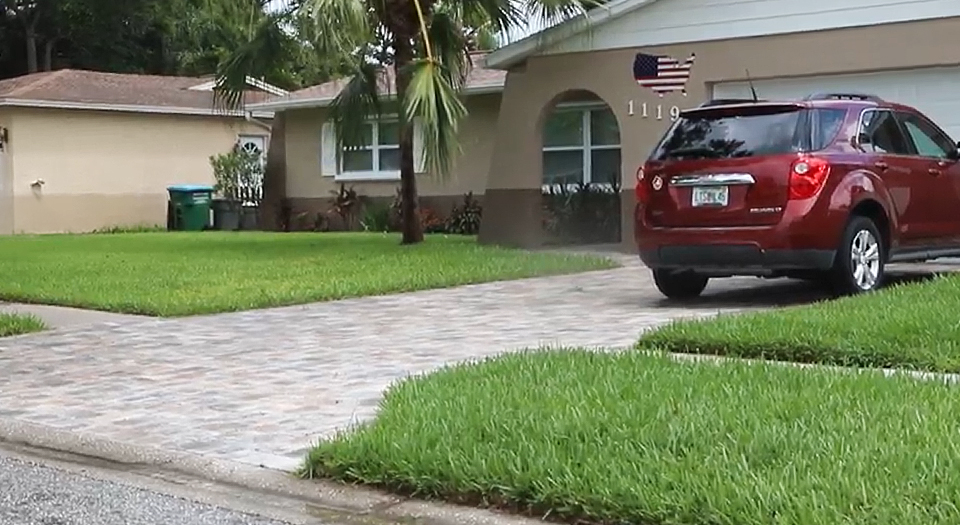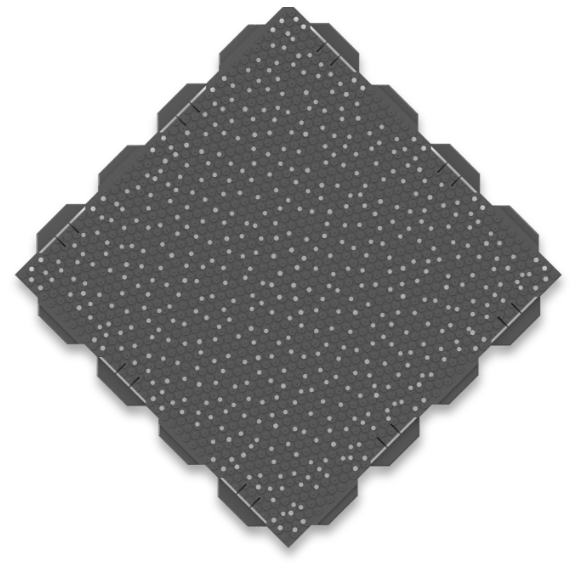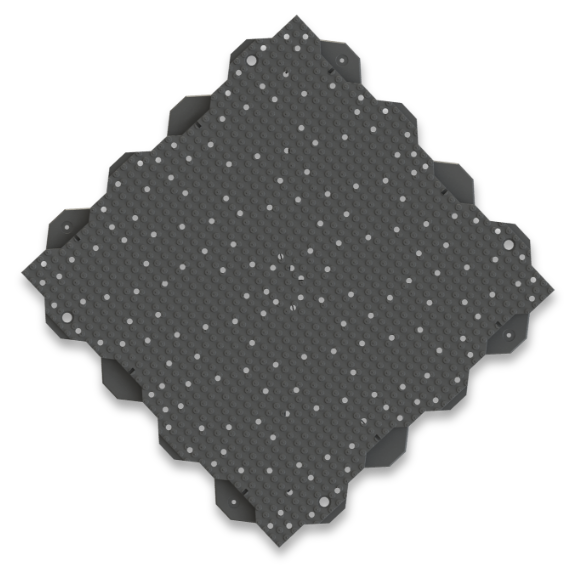The Best Sub Base for Paver Driveways
While there are many ways to build paver driveways, not all solutions provide the long lasting performance and ease of installation that Ultra Base Systems offer.
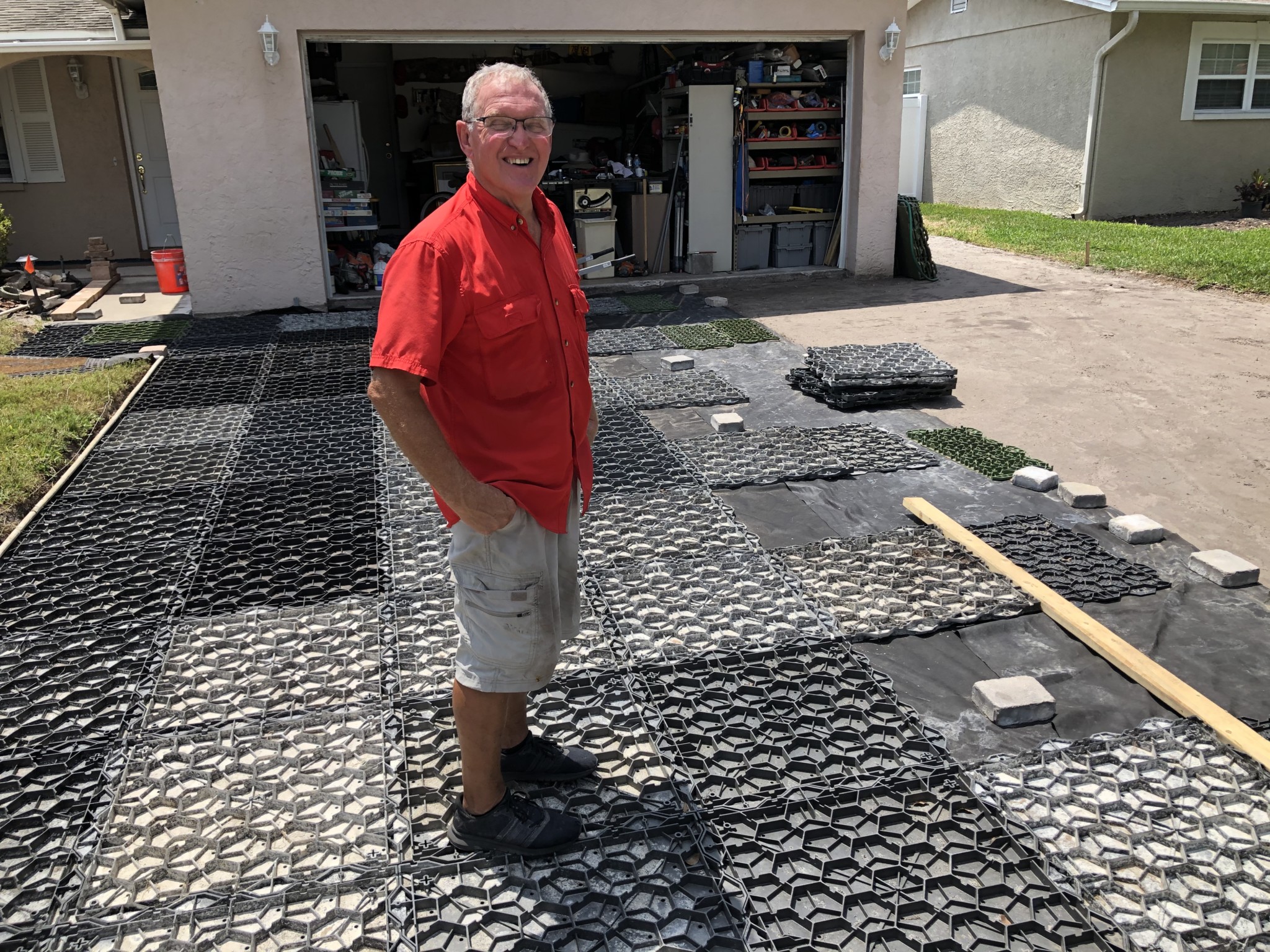
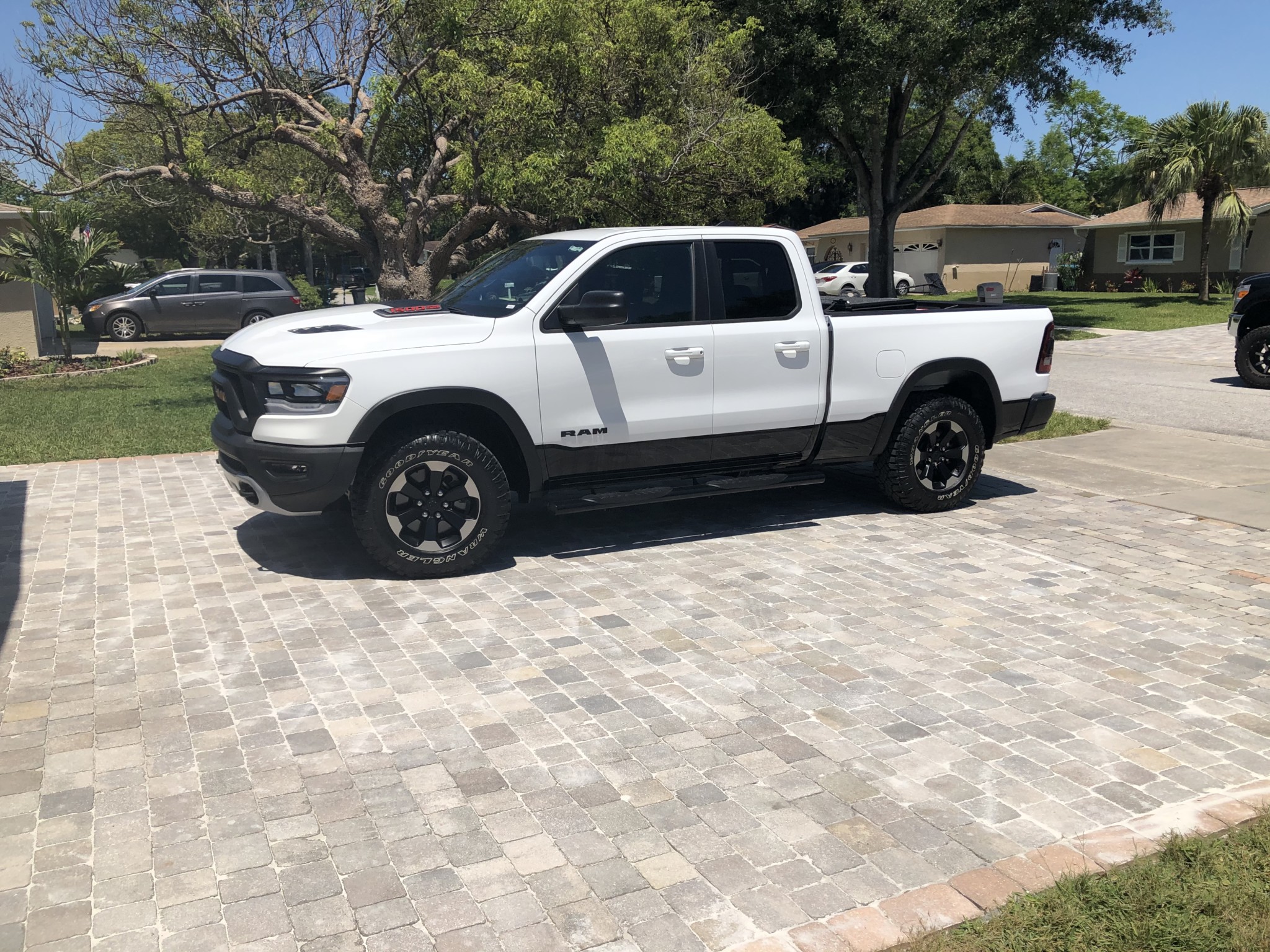
Benefits of Ultra Base over Rock
Installs Quickly
Reduces installation time by approximately 40%...saving time and money.
Installs Easily
Simplifies the base preparation process and requires no heavy equipment.
Installs Cleanly
With no need for heavy equipment, damage to construction sites is minimized.
Drains Thoroughly
Excellent drainage characteristics help comply with impervious surface regulations.
Performs Better
Provides a more solid, load-bearing, interlocked base that eliminates concerns with soft spots, pitting and erosion.
Improves Versatility
Ideal for creating bases in hard to reach or limited access areas like courtyards, rooftops or busy city streets.
Saves Money
Add up all the direct and indirect costs associated with transporting materials, digging the foundation, installing 5” of rock, repairing the surrounding land, and dealing with warranty claims and it becomes obvious... Ultra Base Saves You Money.
Recommended Panels for Driveway Bases
Product Videos
How to Lay Pavers Over Dirt
See how you can lay pavers over dirt with geotextile fabric, sand and Ultra Base interlocking panels.
Quick, Easy & Built to Last
See how quick it is to prep, tamp, cover and lay pavers for a fast-draining, load-bearing paver driveway that is built to last.
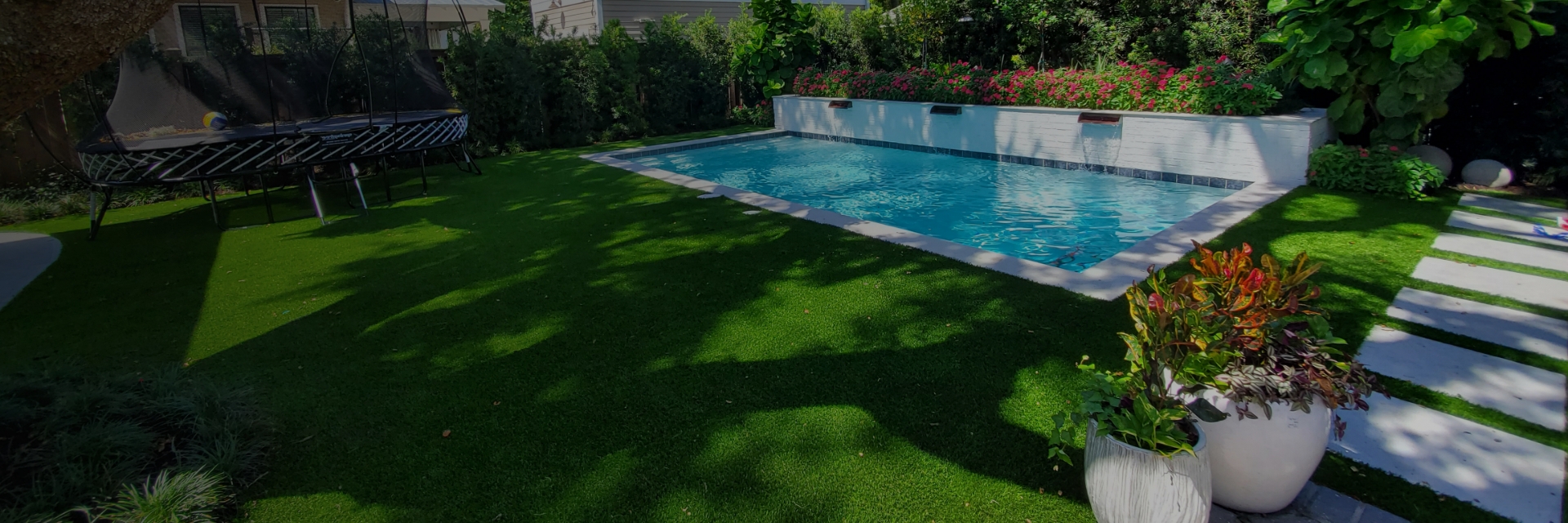
Featured Projects
Bring your Landscaping to Life
Ultra Base panels are being used to help bring all types of space to life. They are making it easier than ever to create beautiful, low maintenance lawns complete with putting greens, backyard game courts and more. See how Ultra Base is transforming spaces.
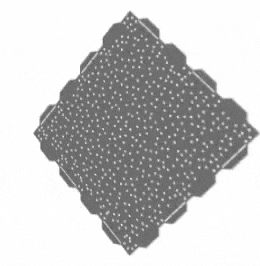
Get Started with Ultra Base Today
Talk to an Ultra Base team member today to discuss your project, application, and pricing options. Our experienced team will ensure you're choosing the right Ultra Base product for your application.

